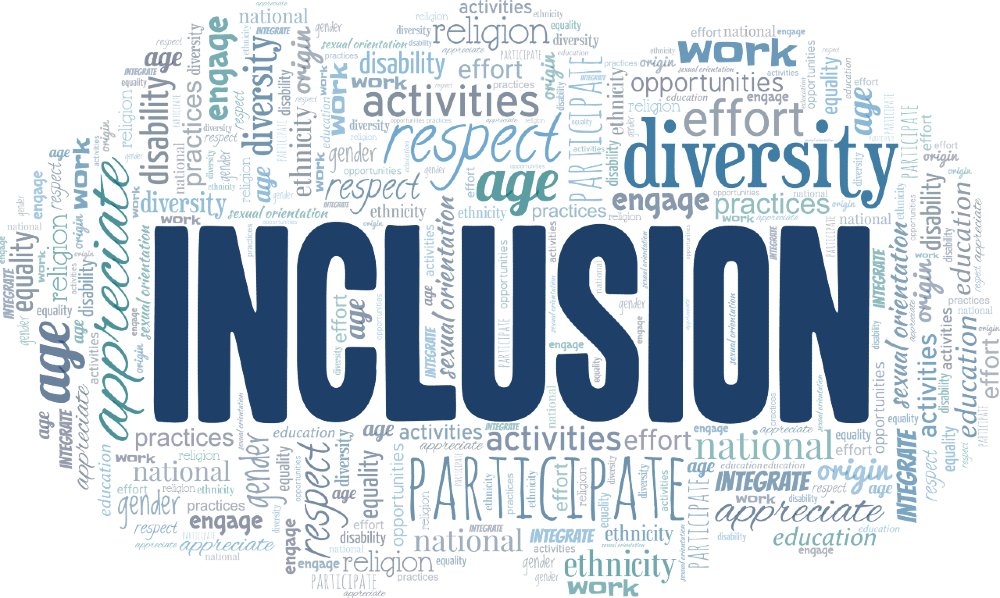An inclusive and diverse workforce is important for building a culture where everyone feels they belong and that they can bring their whole selves to work every day.
It’s well reported that companies that create an inclusive culture benefit from increased creativity and innovation, an engaged and productive workforce and services that better reflect the diversity of their customers.
Start at the top – Inclusion and belonging has to start with leaders to make it truly felt across the whole business. If your CEO and Executive team are supporting and demonstrating inclusive practices, it feeds into the rest of the organisation’s culture. Make sure your leaders are engaged and find ways to make sure they’re active and present, such as taking part in activities and educational sessions to show their commitment to inclusion and build allyship.
Understand how your employees feel – Whether you hold regular listening sessions, anonymous surveys or ask for feedback, you need to be listening to your employees, understanding how they experience inclusion (or not) and what they need to be themselves at work. Action is key. What will change as a result of listening and how will employees experience that?
Encourage learning – We’re always learning when it comes to diversity and inclusion, especially when it comes to understanding what people need to feel supported in the workplace. It’s vital that everyone can learn and ask questions in a safe space. Webinars or in-person talks help to understand how people feel as well as educate colleagues about different perspectives and lived experiences. Storytelling is a very powerful educational tool and a great way to start challenging unconscious bias.
Build networks – Creating networks where your people can share experiences and provide peer to peer support is a good way to grow employee-led inclusion. At Bupa, we created our Be You at Bupa network where people meet and discuss their experiences of inclusion, as well as a forum to raise the employee voice where people can influence change within the business.
Make sure everyone is welcome – Whether this is through inclusive recruitment practices, speak up processes, creating networks, inclusive work spaces or a commitment to learning, these tangible practices will encourage people to be comfortable being themselves while at work.
Having a diverse and inclusive workforce enables organisations to fully represent the communities in which they operate and the customers they serve. It leverages and retains a breadth of talent within the business to bring creative thinking and key skills to address to complex challenges faced by organisations today and in the future.









